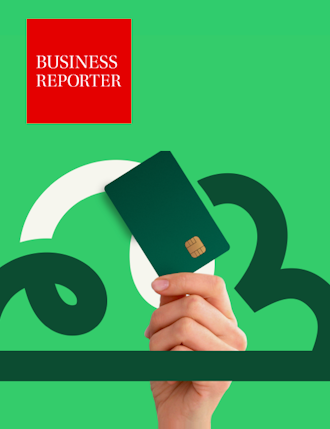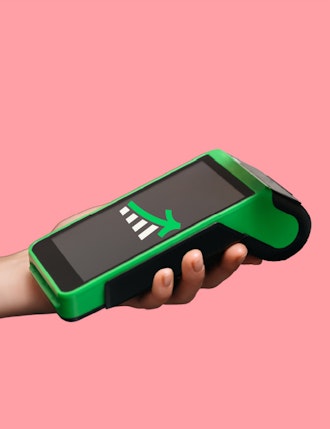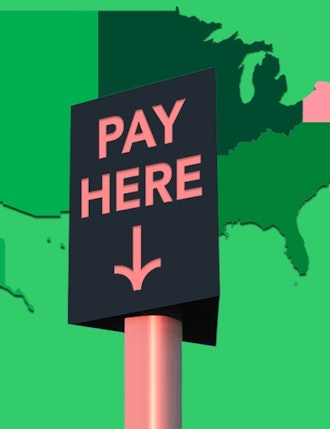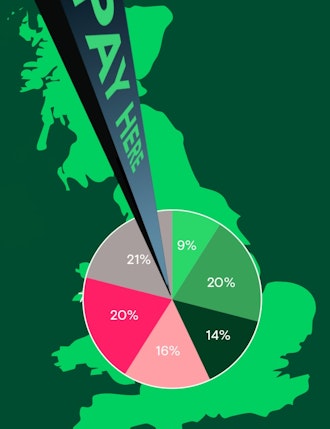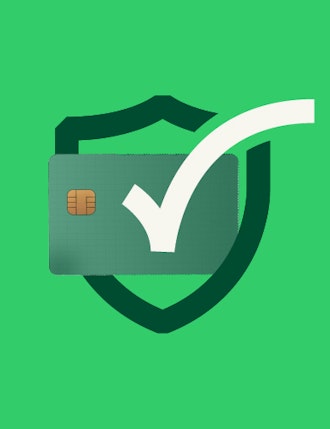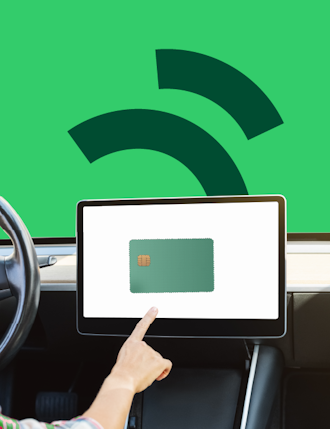Key Insights
-
Rigid payment setups are holding merchants back from meeting modern customer expectations.
-
Flexibility in payments is not just about choice. It is about the ability to adapt at speed.
-
Merchants want full control over how they design and manage the payment experience.
-
Choosing devices, apps, and partners freely is quickly becoming a standard business need.
- Future-ready customer journeys start by removing the limits of legacy payment systems.
Don't have time to read more now? Sign up to our newsletter to get the latest insights directly in your inbox.
In a world where consumer expectations shift faster than ever, flexibility has become the new gold standard. Whether it’s the option to work from home or the office, take a career break to be a stay-at-home parent, or return to work with a little one in tow, people expect the freedom to choose what fits their life best.
It’s in the small, daily decisions too: taking the bike, the car, or the better-for-the-planet train. Maybe even an e-scooter. Ordering groceries online but picking up dinner on the way home. Switching between streaming services depending on your mood or budget.
Flexibility is everywhere and the same should be true for in-person payments
Gone are the days when accepting payments in the store meant choosing one terminal, one application, and one acquirer and sticking with it no matter what. Today, forward-thinking merchants want more:
- options
- control
- ways to shape their customer experience at the point of interaction.
So, what does true flexibility in in-person payments really look like?
From lock-in to liberation
As businesses grow and adapt, rigid, pre-defined payment setups are no longer sustainable. The traditional model has worked in the past, but now it holds merchants back.
“People want control. They want flexibility. The attraction of building your own stack is clear, but it takes time, it’s costly, and it’s not something you want to do when everything’s moving this fast.”
Mike Camerling, CEO, Aevi
Instead of being locked into long-term contracts or proprietary ecosystems, merchants now demand the ability to:
- Choose their preferred acquirers and payment methods
- Customize the checkout experience with features like loyalty or tipping
- Integrate new technologies as customer habits evolve
- Scale across regions without rebuilding infrastructure
- Respond to regulatory or compliance requirements without delays
Flexibility, in this context, is not just about how payments are made, but how easily merchants can change, adapt, and innovate without overhauling their systems every time.
What flexibility looks like in practice
Across industries, flexibility in in-person payments is being redefined in several key ways:
1. Modular infrastructure
Retailers are increasingly choosing platforms and providers that offer modular components, letting them build the payment stack they need, rather than settle for one-size-fits-all solutions.
2. Device and vendor agnosticism
Whether a business wants to use an Android smartPOS, an unattended kiosk, or a mobile device, the ability to plug into a common payment backend, without being tied to specific hardware, is becoming a basic expectation.
3. Omnichannel readiness
Customers now move fluidly between online and in-store channels. A flexible in-person payment system must integrate with e-commerce, loyalty, inventory, and CRM tools to create consistent experiences.
4. Open APIs and fast integrations
Developers, ISVs, and integrators need open, well-documented APIs to bring new services to market quickly. That includes not only payments, but value-added services like currency conversion, fraud checks, or real-time analytics.
5. Business model alignment
Yes, flexibility is also commercial. Merchants want pricing models and partnership terms that match their growth trajectory, not lock them into outdated frameworks.
How Aevi makes flexibility reality
At Aevi, we believe in freedom and simplicity, for merchants, for businesses, and for consumers. That’s what we mean by “setting payments free”. Our cloud-native, device-agnostic orchestration platform brings the flexibility of eCommerce to in-person payments by enabling businesses to:
- Connect any terminal to any acquirer
- Route payment types flexibly across providers
- Integrate third-party apps like loyalty or ISVs with ease
- Scale globally while staying compliant
- White-label the entire experience to keep full brand control
We remove the complexity, so you can focus on delivering seamless, future-ready payment experiences.
“Whether it’s a hairdresser, an unattended machine, or a global ISV, every customer brings a unique set of needs. Through our platform, they get the freedom to choose how payments work for them.”
Nadim Ghafoor, Senior Product Manager, Aevi
In 2023 alone, our platform processed over 3 billion transactions worth more than $100 billion, proof that scalability and flexibility can go hand in hand.
We live flexibly. We should pay that way too.
Just like consumers want choice in how they live, work, and move through the world, merchants need freedom in how they build, scale, and evolve their payment experiences. In today’s fast-changing landscape, rigid systems are out. Open, adaptable, and scalable solutions are in. Flexibility is a shift in mindset. One that moves us from vendor-driven limitations to merchant-led innovation. Whether you're a retailer, financial institution, a fuel company or ISV, the future belongs to those who enable choice.
Ready to bring true flexibility to your in-person payments? Let’s talk.
Interested in reading more around this subject? Here are some useful articles…


